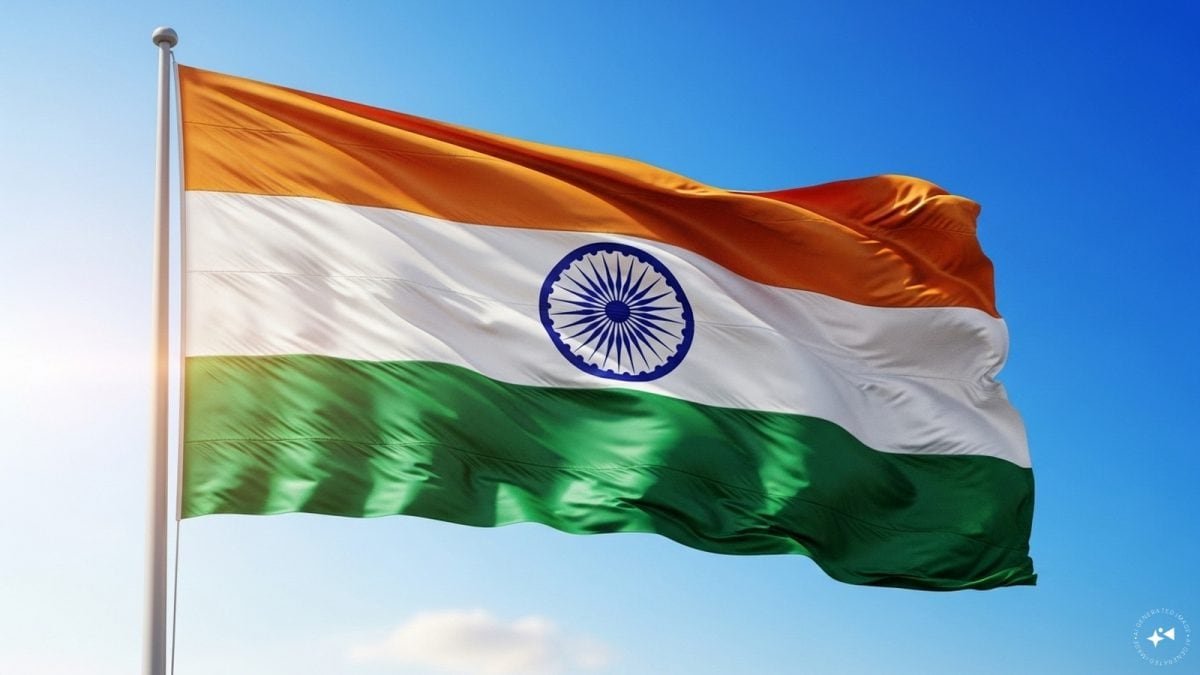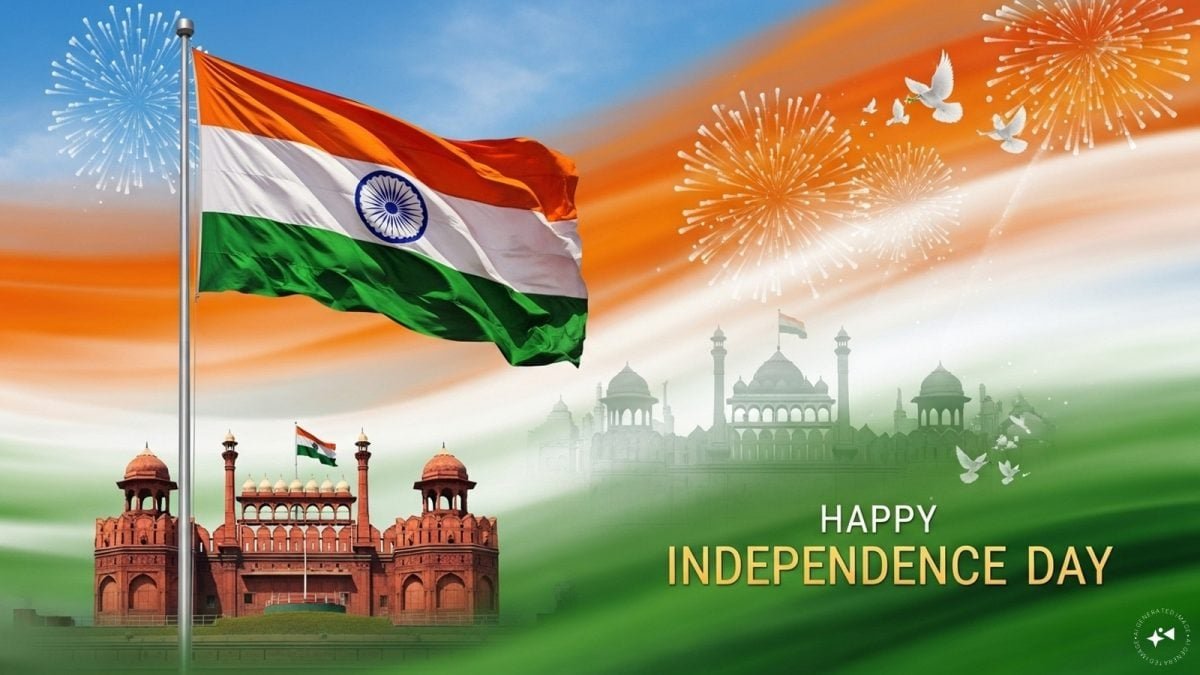On August 15, Independence Day is celebrated across the country. It is customary for the prime minister to hoist the Indian Tricolour at the Red Fort, Delhi. (Image: File photo)
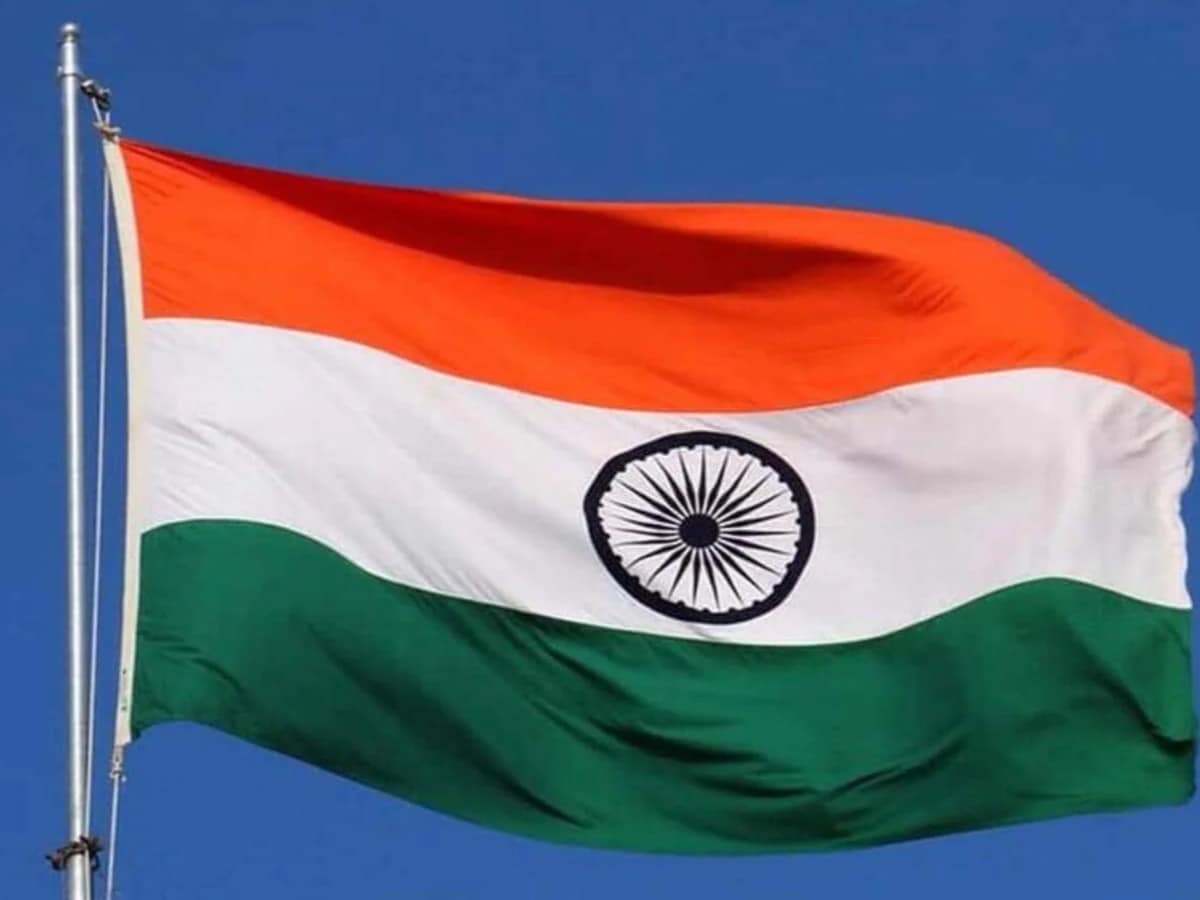
On Independence Day, the flag is raised from the bottom of the flagpole to the top, symbolising India’s victory over colonial rule in 1947. In the constitution, it is called Flag Hoisting. On the other hand, on the occasion of January 26 — Republic Day, the flag remains tied at the top, which is then opened and hoisted. In the constitution, it is called Flag Unfurling. (Image: X)
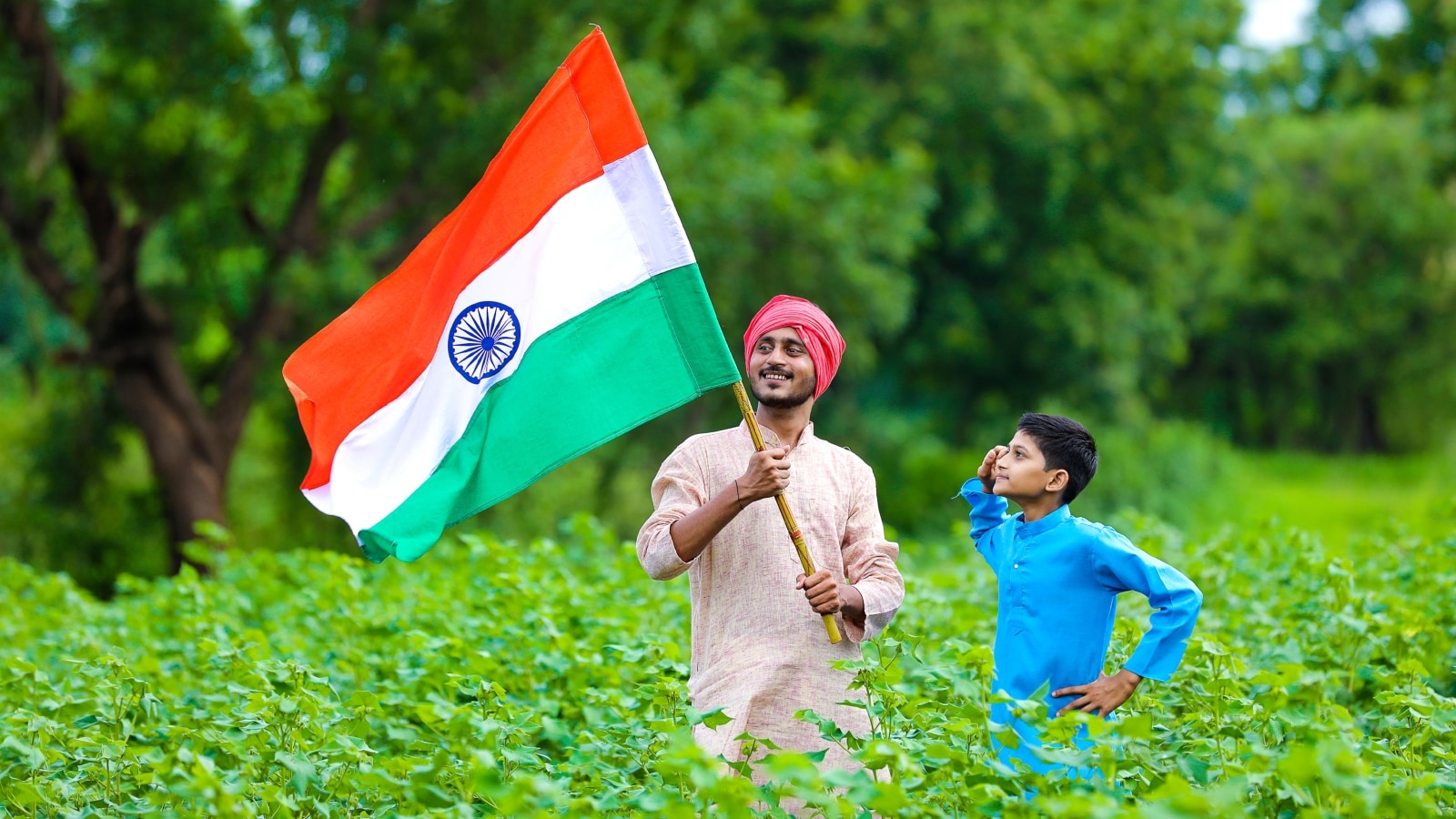
According to Paragraph 2.2 of the Flag Code of India, any citizen, private organisation, or educational institution can hoist or display the national flag at home or office. (Image: File photo)
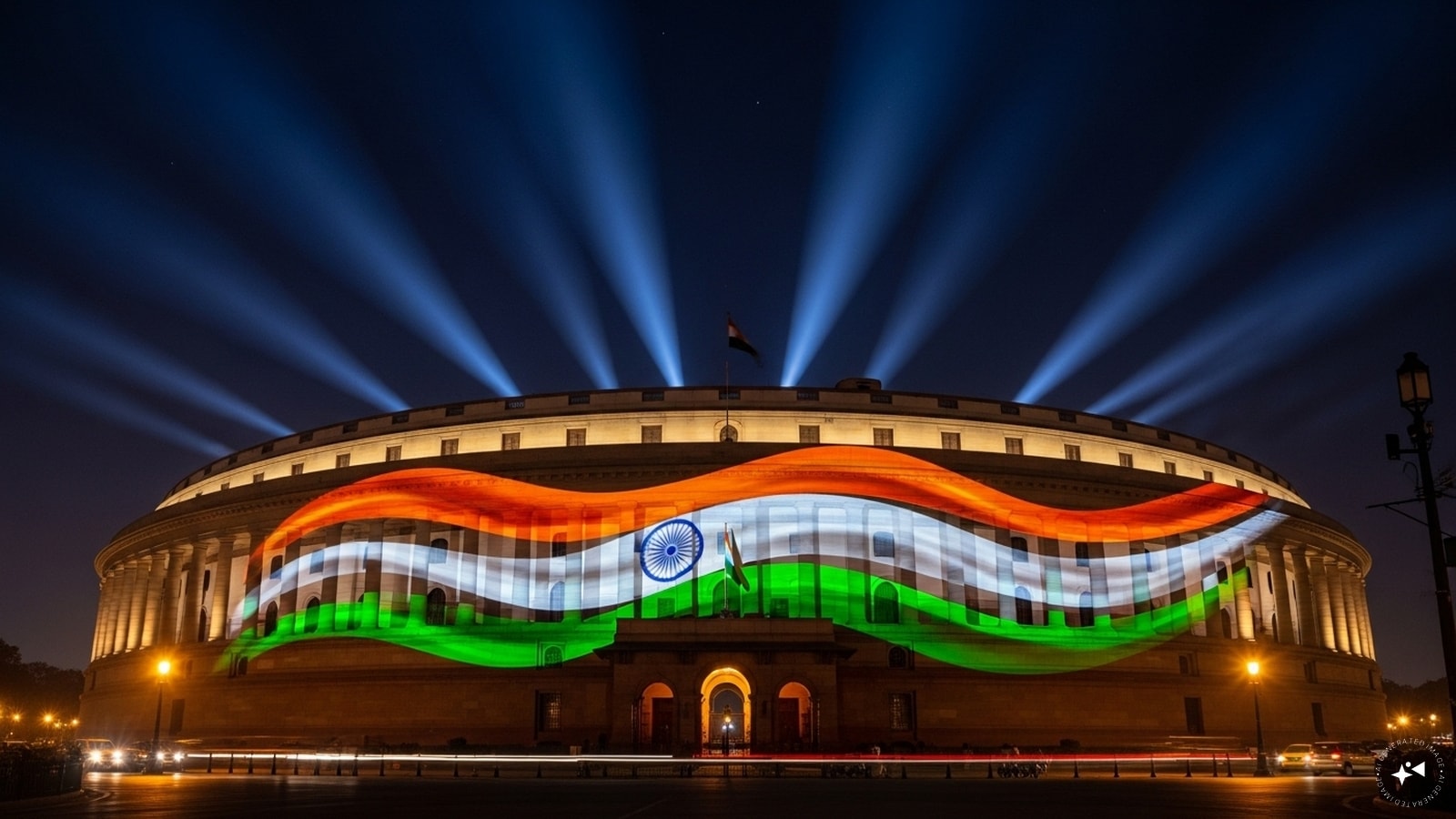
After the July 20, 2022, amendment, the flag can be flown both day and night, as long as it is displayed with respect. Earlier, the flag could only be flown during the day. (Image: AI-Generated)
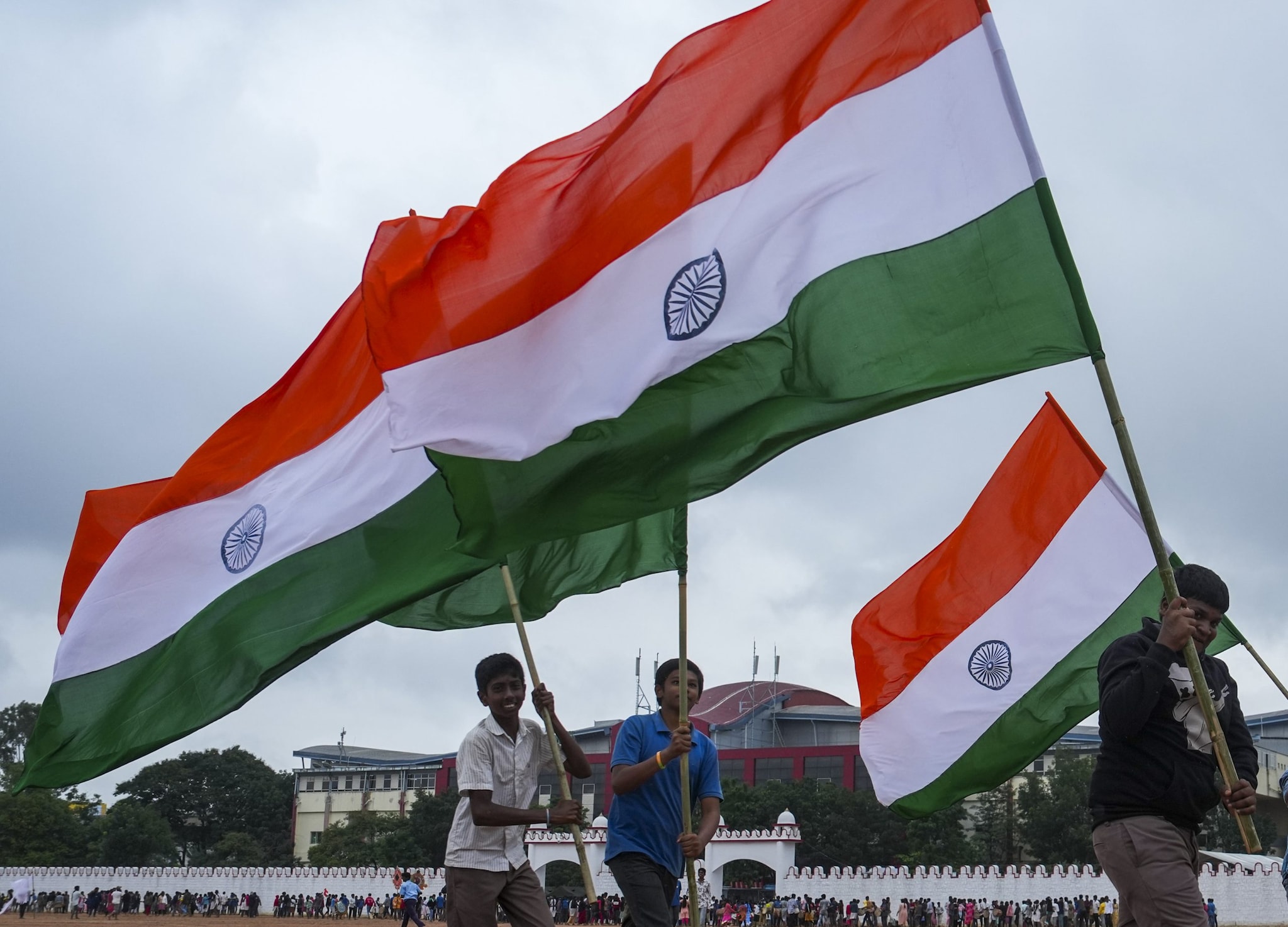
When hoisting the flag, the saffron band should always be on top. The flag must also be rectangular in shape, with a 3:2 length-to-height ratio. (Image: Shailendra Bhojak/PTI)
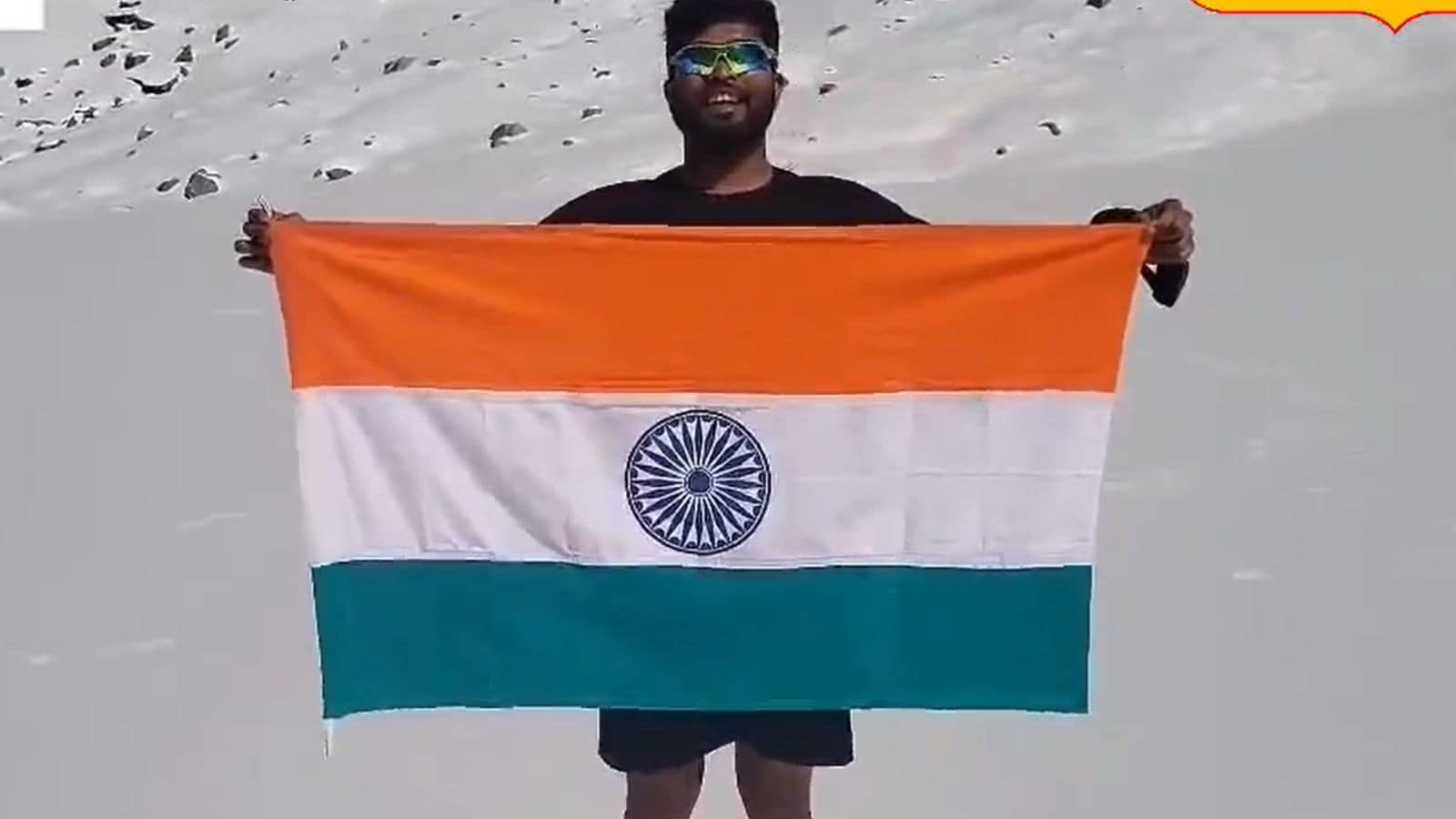
It is also to be noted that the national flag should be made of either cotton, polyester, wool, silk, or khadi. (Image: File photo)
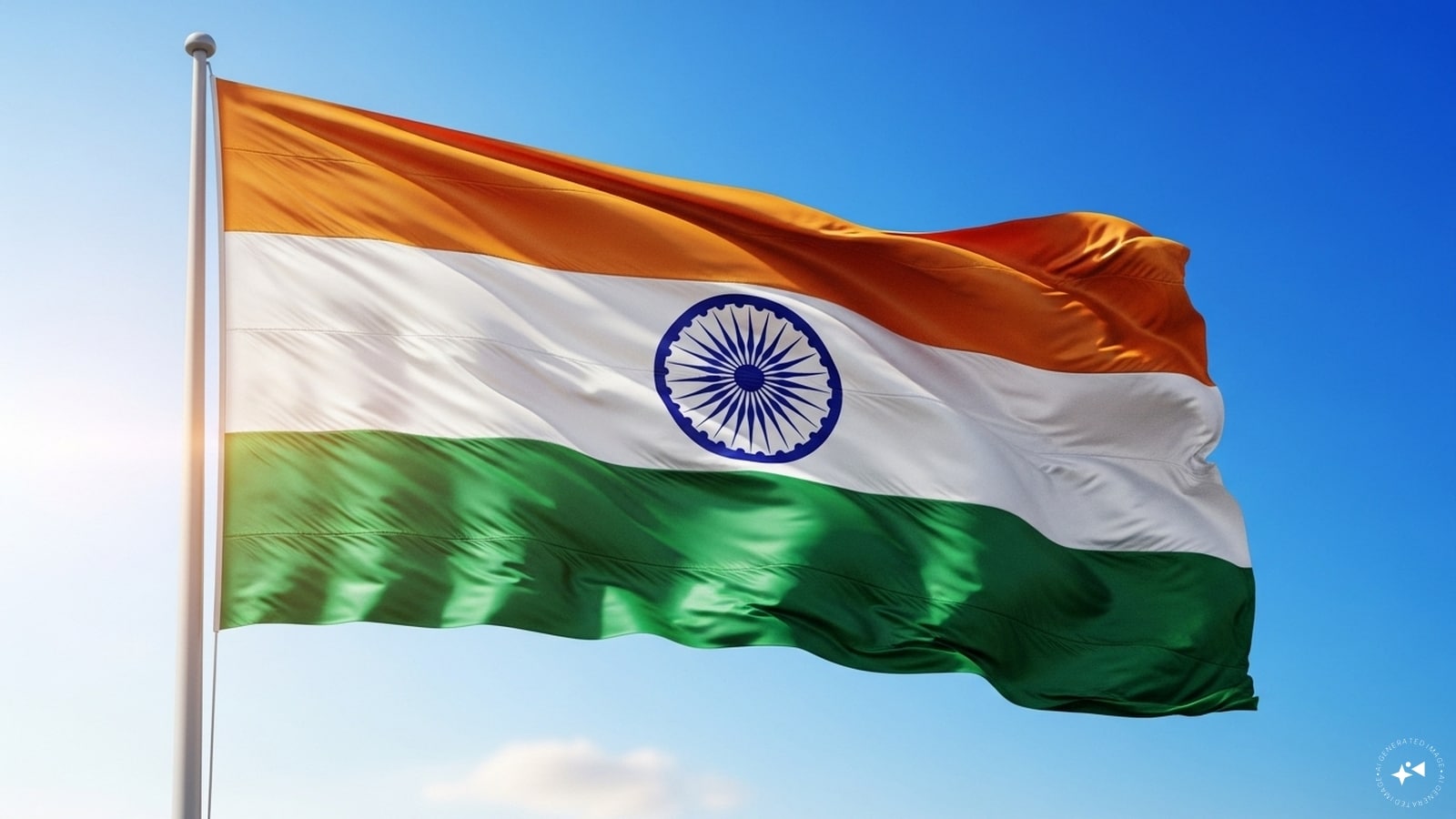
Make sure you do not hoist a damaged flag or display it upside down. (Image: AI-Generated)
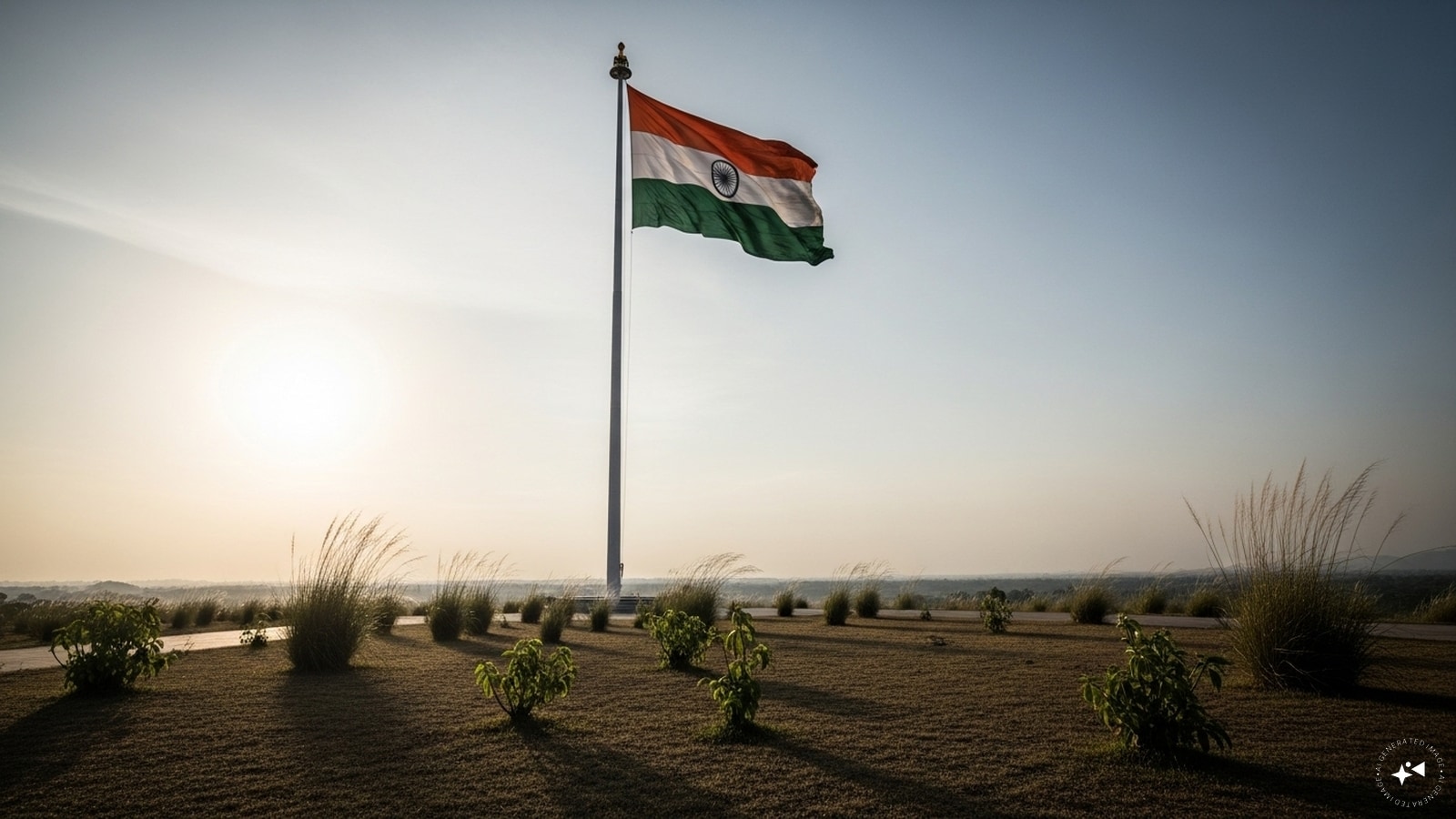
Never let the flag touch the ground, floor, or water. (Image: AI-Generated)
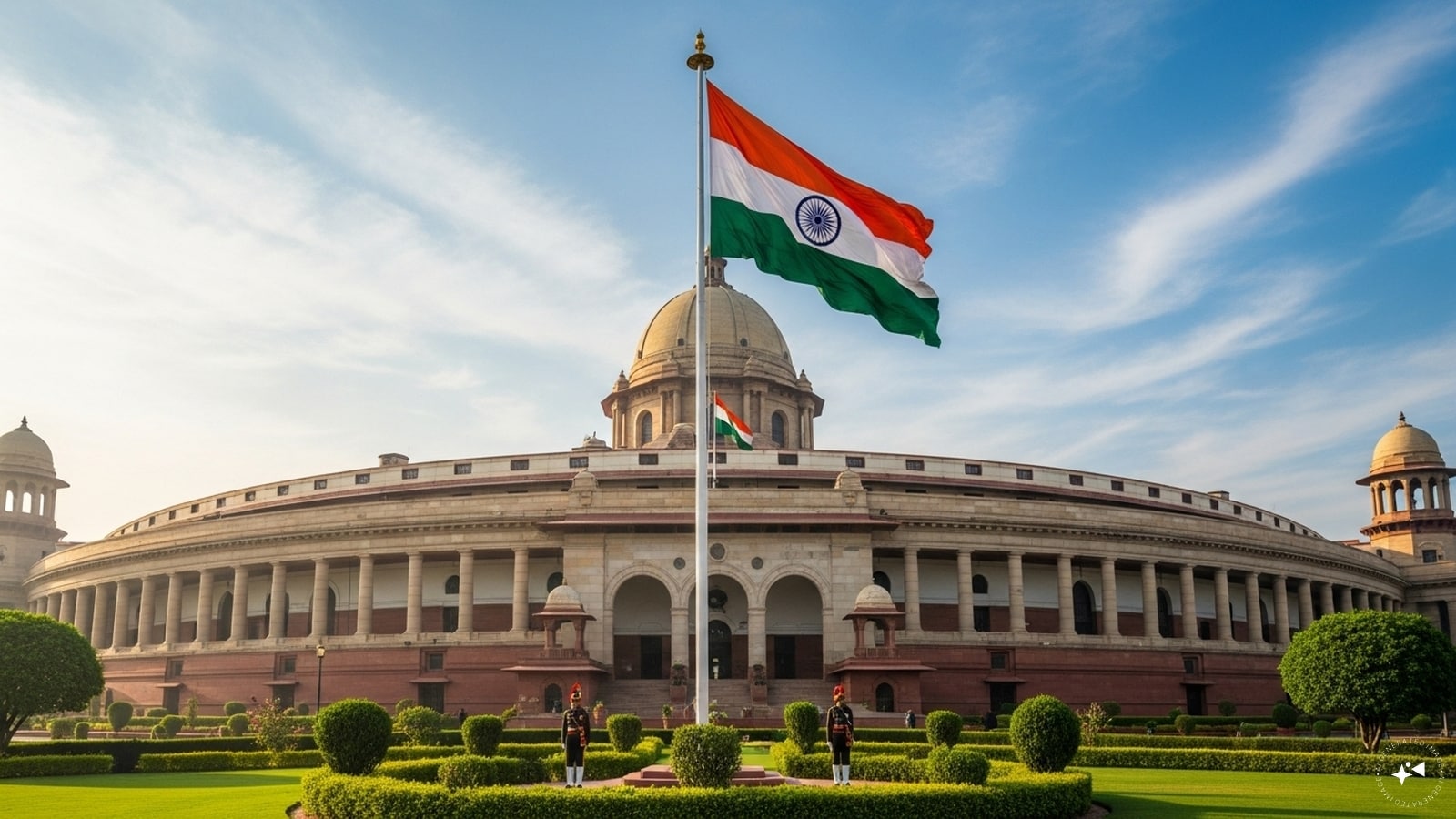
Another important thing to keep in mind is that no other flag should be above or next to the Tricolour on the same pole. (Image: AI-Generated)
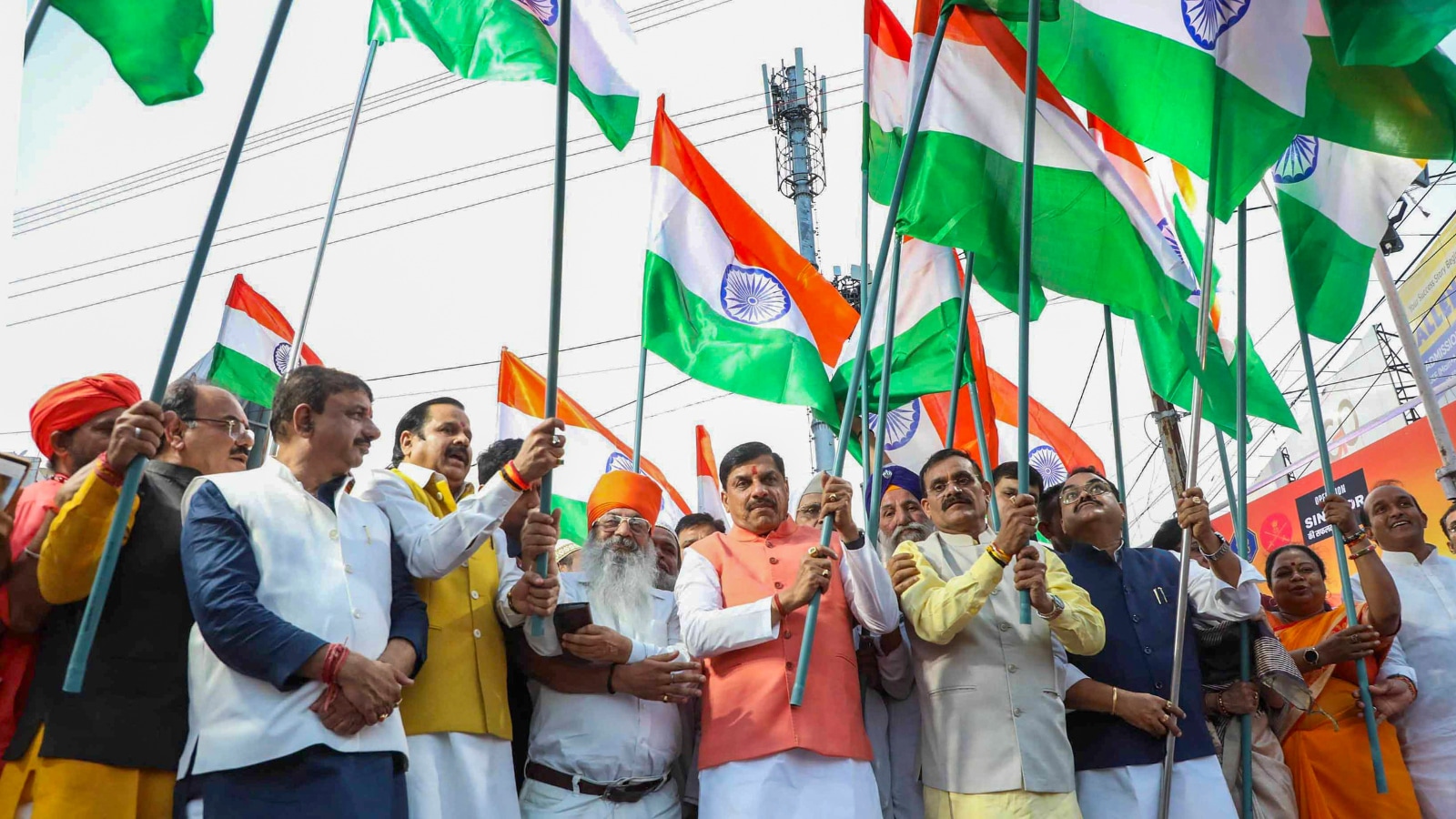
The central government kickstarted a campaign called Har Ghar Tiranga to invoke the feeling of patriotism in all citizens since 2022. Follow the rules and celebrate India’s independence with pride. (Image: PTI)
#Hoist #Indian #National #Flag #Independence #Day

